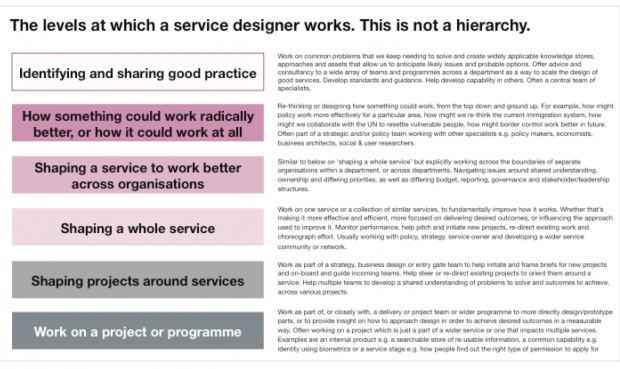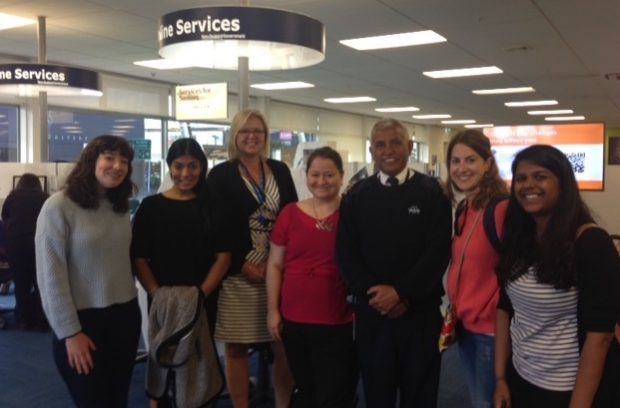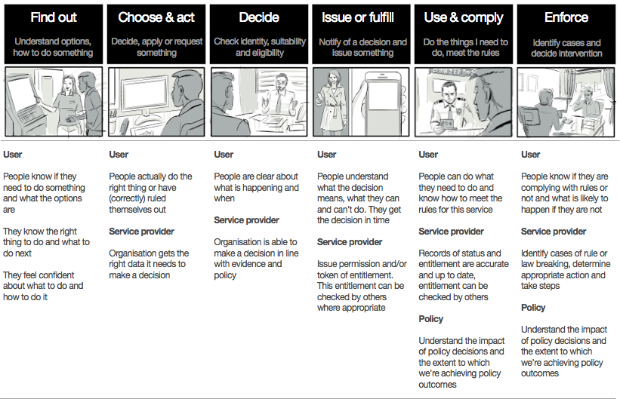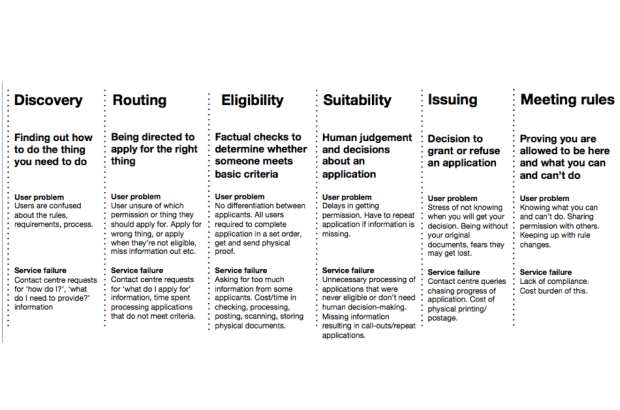How we co-created Business Design Principles for the Home Office

How designing and applying a set of coherent business design principles is helping us deliver better outcomes for our users.

How designing and applying a set of coherent business design principles is helping us deliver better outcomes for our users.

In the Home Office CoLab have applied user-centred policy design to make improvements to the refugee integration loans service. In this case study Deputy Director of Design and Research, Katy Arnold, explains how.

Our Home Office digital team have produced a Design System to improve on how we build services that are fit for everyone. Read how we did it.

Sulthan Ahmed, Technical Lead and Lead Developer for DDaT at the Home Office, writes about never having to remember another password since the creation of a new design pattern to securely identify users. It’s been created by the Home Office and endorsed by the Government Digital Service (GDS).

...for example ‘Employ someone – check if someone is allowed to work’. Who was involved in making this list We reviewed service content on GOV.UK, looked at research with users...

...to standardise and scale good approaches to services across the department, while growing the specialist domain knowledge we need to have real impact in policy, strategy, operation and delivery teams....

...service quicker, simpler and cheaper (to use and probably to build too). Another way to put it is that user needs are about getting done only what’s needed. The goal...

...I was excited about a recent exchange trip to the Department of Internal Affairs (DIA) in New Zealand. The UK and New Zealand are 2 countries in Digital 5, or...

...speed up decision making.’ These are different to the desired outcomes for a service or stage. Outcomes for a stage in a service Examples of good outcomes are ‘People know...

...wider context around the part they’re working on, as well as forming a benchmark for when we change things. That would leave individual teams free to focus their user research...
Recent Comments